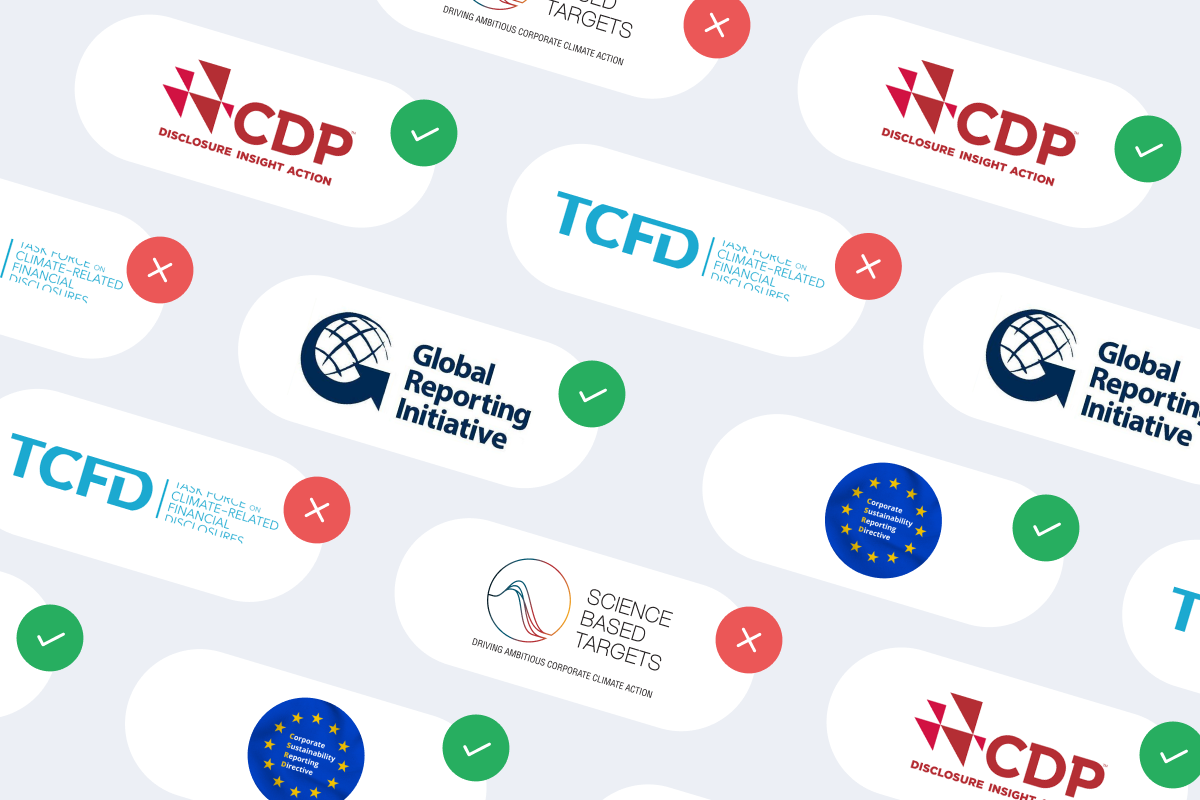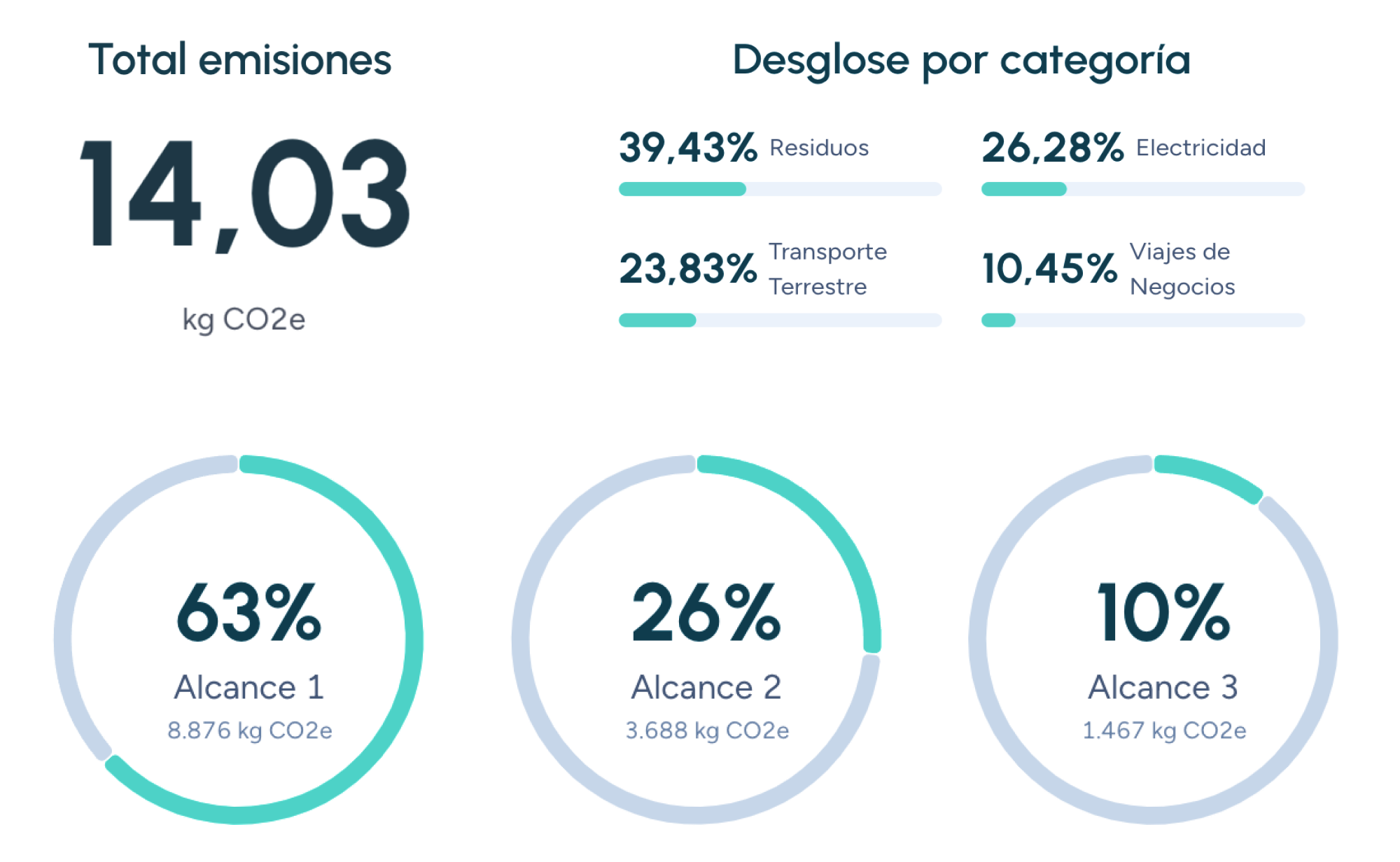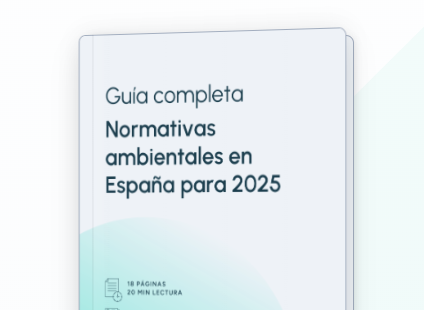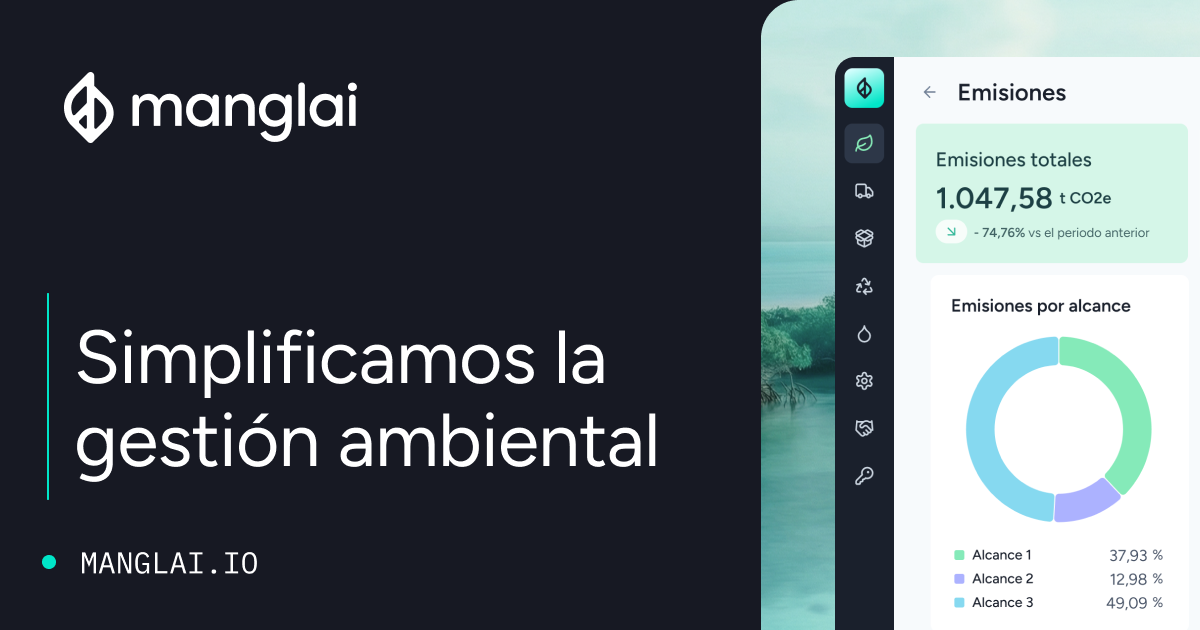G
Green Public Procurement (GPP)
Green Public Procurement (GPP) is a crucial concept in sustainability and climate action. It refers to public or private procurement processes that prioritize environmental criteria when acquiring goods, services, or projects. In a world where carbon emissions and environmental impact are pressing concerns, GPP has become an essential tool to promote sustainable practices and reduce the carbon footprint.
What is Green Public Procurement?
Also known as sustainable procurement, GPP integrates environmental considerations into purchasing decisions alongside price and quality. The goal is to minimize environmental impact throughout the entire life cycle of a product or service, from production to disposal.
For example, in green procurement for vehicles, public agencies may prioritize electric or hybrid vehicles over traditional combustion engines. This approach reduces greenhouse gas (GHG) emissions and encourages the adoption of cleaner technologies.
Key elements of Green Public Procurement
- Environmental criteria: includes requirements for energy efficiency, emission reduction, and the use of recycled materials.
- Life cycle assessment (LCA): evaluates the total environmental impact of a product or service from manufacturing to disposal.
- Regulations and standards: aligns with local and international regulations, such as the Kyoto Protocol or the Paris Agreement.
The importance of Green Public Procurement
GPP’s impact goes beyond purchasing—it plays a crucial role in the transition to a low-carbon economy. Key benefits include:
1. Reducing the carbon footprint
One of the main goals is to lower carbon emissions associated with procured goods and services. This is especially relevant in high-emission sectors such as transportation, construction, and energy.
2. Encouraging sustainable innovation
By prioritizing environmental criteria, GPP incentivizes businesses to develop sustainable products and services. This benefits both the environment and market competitiveness.
3. Ensuring regulatory compliance
Many countries support green procurement through specific regulations. For instance, in Spain, the National Integrated Energy and Climate Plan (PNIEC) sets clear targets for emission reduction and renewable energy adoption.
How is Green Public Procurement implemented?
Effective GPP requires structured steps to ensure that environmental criteria are integrated into procurement processes:
1. Defining environmental criteria
Identifying key sustainability factors, such as energy efficiency, recycled materials, or emission reductions.
2. Conducting a Life Cycle Assessment (LCA)
Analyzing the total environmental impact of a product or service to make informed purchasing decisions.
3. Including sustainability in procurement documents
Environmental requirements must be explicitly stated in tender documents to ensure that all suppliers align with sustainability standards.
4. Evaluation and awarding
Procurement decisions are made based on how well proposals meet environmental criteria, ensuring that sustainability goals are achieved.
Manglai’s role in Green Public Procurement
For businesses aiming to participate in green public procurement, advanced technology tools can make a significant difference. Manglai provides solutions for measuring, managing, and reducing carbon footprints, which can be a decisive factor in procurement processes.
For example, its impact analysis tools and interactive dashboards allow businesses to monitor their emissions in real time and make data-driven decisions to meet GPP sustainability requirements.
Companies that trust us

"Polluter Pays" principle
The "polluter pays" principle establishes that those responsible for pollution must bear the costs of their actions, promoting sustainability and environmental justice within the current legal and business framework.
Climate Change and Energy Transition Law 7/2021
The Climate Change and Energy Transition Law 7/2021 establishes a legal framework in Spain to reduce greenhouse gas emissions and promote sustainability, playing a key role in measuring and managing corporate carbon footprints.
Guiding businesses towards net-zero emissions through AI-driven solutions.
© 2025 Manglai. All rights reserved
Política de Privacidad


